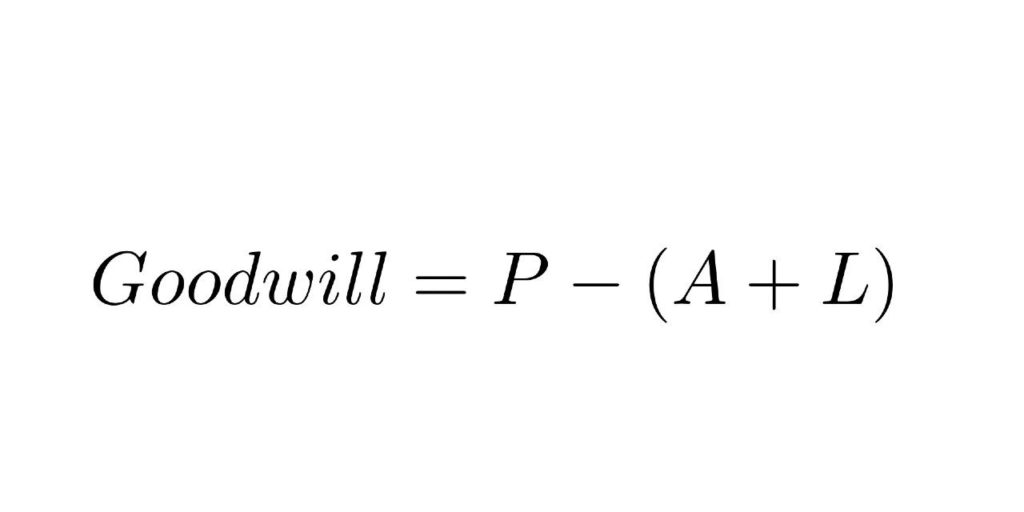In most boardrooms, brand gets thrown to the side, and treated as an afterthought in lieu of a visual remedy.
Maybe it is the word “brand” that throws people off. Historically, manufacturers have been placing words and symbols on their goods for thousands of years, sometimes, to simply denote ownership, but also sometimes to signify to customers the source, and thus the quality, of their products. In any sort of long-distance trade where the buyer has no personal acquaintance with the seller and the quality of what is being sold cannot easily be judged just by looking, the reputation associated with a producer’s mark has long been an important indicator of the worth of a product.
In the second half of the century, courts began classifying goodwill as property in its own right. “The valuable part of the partnership property consists in the goodwill, one New York judge declared in 1859. “This value is partnership property, as much as the furniture in the office.”
“Goodwill, though intangible, is property, and often valuable property. It is the very atmosphere that envelops and pervades a business and that gives it the breath of life.” In the first extended academic treatment of goodwill, the Philadelphia lawyer Arthur Biddle determined that it was “a species of incorporeal personality” – that is, intangible personal property – “subject with but few exceptions to the general laws which regulate that kind of property.”
The Adams Express Company, for example, delivered letters and packages throughout the country. It had tangible assets in many states, each of which taxed the portion of the company’s property in within state boundaries. Adams Express owned roughly $4 million in horses, wagons, and the like, but the market value of the company was $16 million, which meant that 75 percent of it was goodwill. The primary asset of the Adams Express Company was not a tangible item; it was the company’s goodwill.
Put differently, business goodwill reflects the synergy among the various assets used by the business to produce income: in a well-run business the whole is greater than the sum of the parts.
In the digital age, leaders face a world of demanding consumer expectations, of transparent two-way relationships in which feedback is real time and can reshape a company’s business with virtual immediacy. Your customers in essence are key components of your human resources. Their goodwill and loyalty constitute rich forms of investment for your business.
When you get clear on your brand, who you serve and why you serve them, it becomes the most valuable number on your balance sheet.
References:
Banner, S. (2011) ‘American Property’. London: Harvard University Press, pg 28.




